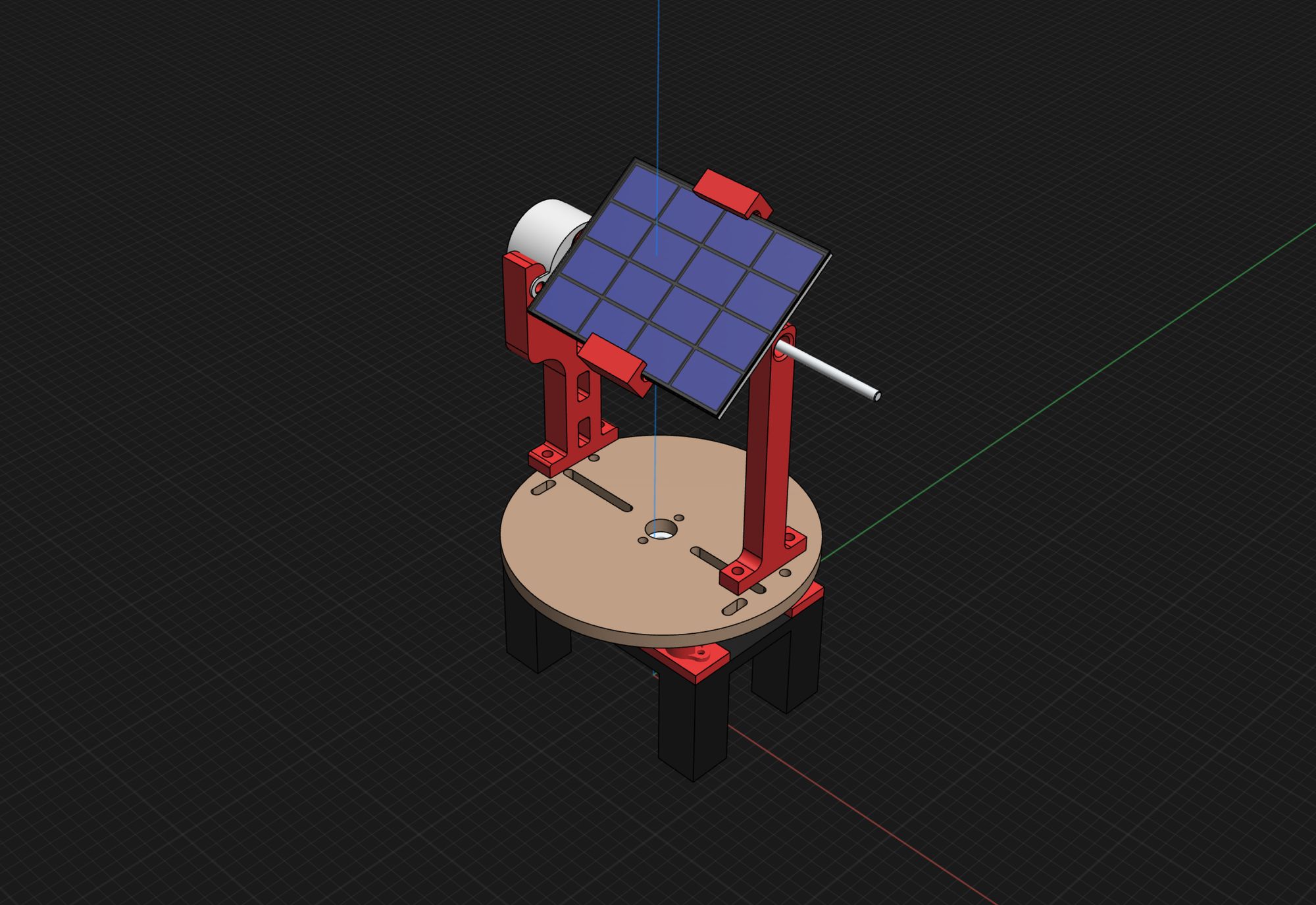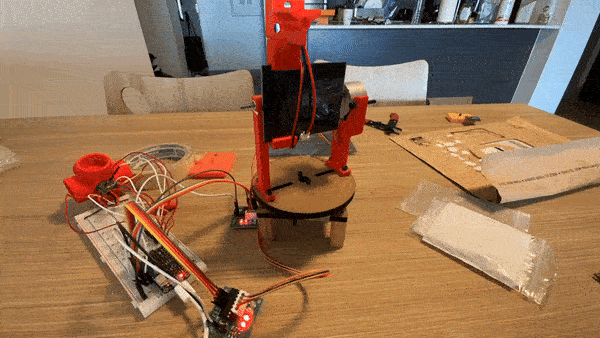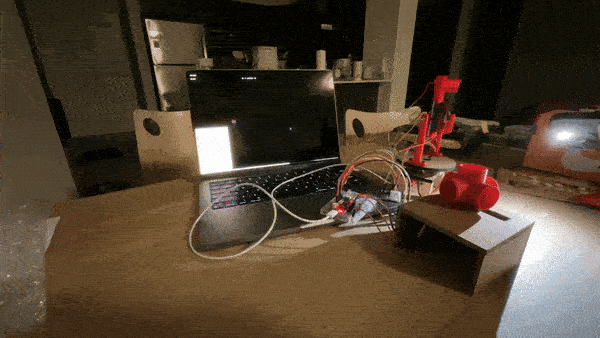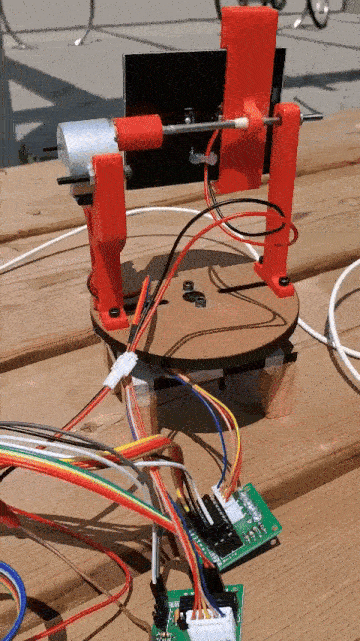
Solux
Building a Smarter Solar Panel
Solux is a smart tracking solar panel that follows the path of the sun in order to increase panel efficiency. The process involved the design and development of a proof-of-concept prototype within a small team over a couple of weeks.
The plan was to design the panel for use in developing nations specifically in Niger, to help bank power and provide lighting for users later at night as current light sources such as candles and oil lamps have proven to introduce health risks.
By having a specific application area to focus on we were able to make design decisions in a more informed manner. We were able to design for a more restrictive context to design a better solution. Specifically, the main goals in this case involved:
- making the system cheap and reliable
- keeping the UX simple
- simplifying the set-up process
Having a dead simple set up and close to no human intervention for operation would be crucial in this application area. To achieve this we ended up having to design a bespoke closed-loop-control algorithm alongside a hardware sensor suite to allow for complete autonomous operation.
Design Concept
There are two main components of the designed solution, the dual-axis motor mechanism, and the sensor suite.
We had to make the panel itself move and we went with a dual axis prototype. We did this as we can simulate a single axis movement pattern using a dual axis prototype, but couldn't do the reverse. This would let us test out more scenarios with the prototype.
Getting this working involved a lot of motor & controller troubleshooting, Arduino signal synchronization, and limit setting to make sure the wires wouldn't get wrapped around the base during testing.

Sensor Suite
The next major part of the prototype was the light sensor suite. This would provide data to track the relative position of the panel to the sun.
We decided to try using phototransistors for this to keep the solution relatively cheap. Making this work effectively involved designing and testing out light shields to only allow light from certain angles to hit each individual sensor. We 3d printed a few versions of this and I wrote up some software to help visualize the intensity of the light hitting each sensor as well as the estimated location of the light source.
This part could absolutely be optimized to improve accuracy, but using a weighted linear interpolation worked surprisingly well for this prototype.
You can see an initial test below.
- The first four bars show the intensity of light hitting each of the horizontal sensors (sorted in order of decreasing intensity).
- the top sensor being represented by the last bar on the right.
- The purple dot on the screen represents the estimated current position of the light source.

The sensitivity of the phototransistors varies depending on the angle of the incoming light and this allows us to estimate the angle of incoming light more accurately with fewer sensors.
Putting it all Together
By combining the movement and control code and the sensing code we were able to track the position of the sun and update the position of the panel periodically.
The margin of error was low enough that in our testing we consistently were able to generate more power than an ideally positioned and angled stationary solar panel.

Future Improvements
Future versions of the light sensor could benefit from a calibration process since the sensitivity of each individual phototransistor can vary from one to another.
It would be interesting to see how the efficiency of this system scales. Since the sensor and movement systems can be decoupled, a smaller number of sensors can be used to control and inform the position of multiple larger solar panels, theoretically increasing the efficiency of the system.
Lower power motors and a battery charging system could also be integrated to allow the panel to be completely self powered and act as an energy bank for a household or community.
The largest benefit of a dual axis control system set up this way would be that you could more easily set up modular solar panels and solar farms across the world with a less involved set-up process. The positioning of each panel is for the most part automated.